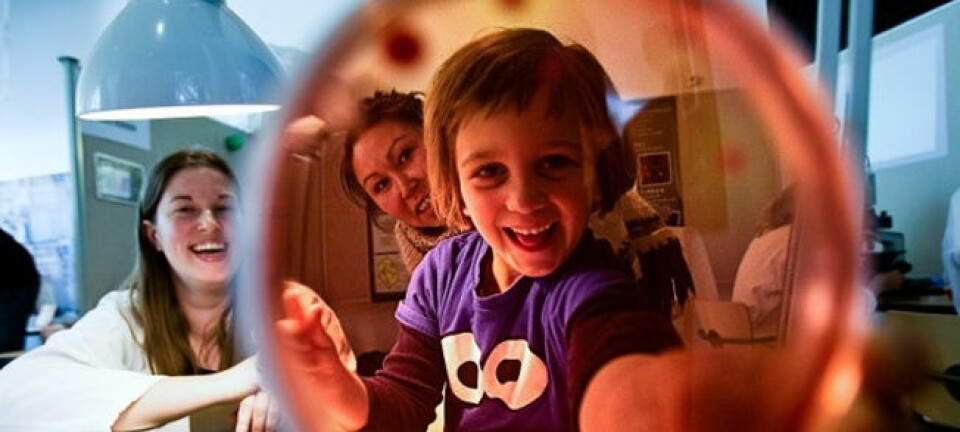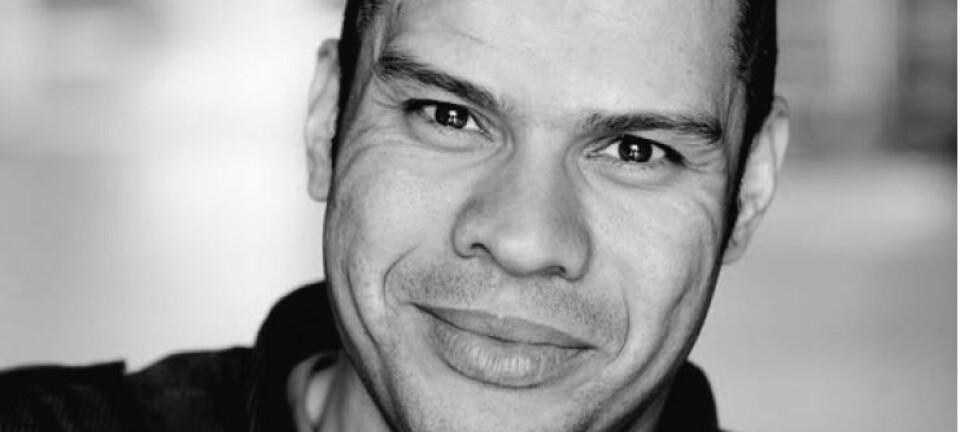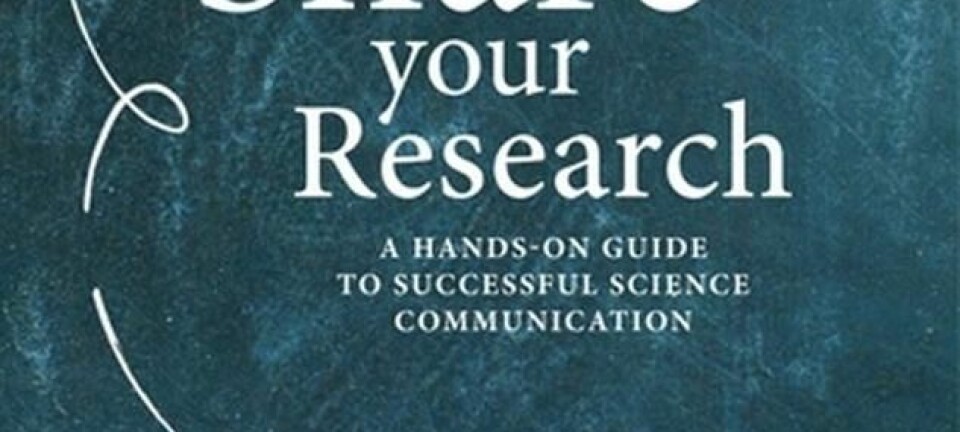
How superheroes help top scientists share their knowledge
Meet three researchers with a unique approach to science communication at ESOF2014.
Here’s a question for you: what does X-Men supervillain Magneto, German museums, and YouTube videos have in common?
Answer: they will all help researchers fulfil their democratic duties.
If the connection isn’t completely clear after you’ve read this article, it will be after a visit to the international science conference Euroscience Open Forum (ESOF), which is taking place in Copenhagen these days.
Researchers from all over the world have gathered in the Danish capital to discuss the big questions that currently preoccupy scientists.
“If people understand science, their lives will be improved in pretty much every way: their understanding of their health, their life and the world. We live in a scientific and technological world, which is a lot easier for people who understand it.”
One of the questions to be addressed at the conference is the role of science in democracy. Under the headline “Science, Democracy & Citizenship”, researchers will engage in 14 discussions on the subject.
As democracy depends on knowledge and research often depends on public funding, what is the responsibility of researchers when it comes to communicating with the surrounding world?
“When we spend the taxpayers’ money, the taxpayers have a right to know what’s going on and the research should be explained in a way that’s understandable to anyone who’s interested,” says Markus Lackinger, who will participate in one of the 14 discussions. He is a senior researcher at Deutsches Museum & Technical University Munich in Germany and is head of the museum’s nanotechnology lab.
When it comes to nanotechnology it’s important to make sure that people have the correct information, he says.
“When the technology was new, people were very interested due to the possibilities the researchers and mass media brought to their attention,” says Lackinger. “But people are beginning to understand that we still don’t know how dangerous it [nanoparticles] is to people and the environment.”
People are now more critical towards nanotechnology -- which is a good thing, says Leckinger. “You should always be critical towards new technology.”
Mixing museum and research
As researcher at a museum, Lackinger has an interesting double role. While studying minuscule molecular surfaces the depth of a single atom, he also has the museum at his disposal to assist him in communicating his research.
Deutsches Museum in Munich has an exhibition on nanotechnology.
“In the States it’s very common for nature and science museums to do research and we [at the museum] have recently started to do research as well. In addition to the exhibition we have a lab that isn’t open to the public where we carry out original research in a niche-area of nanotechnology,” says Lackinger.
“We have PhD students studying natural sciences and they have to give public talks too,” he says. “I think it’s very interesting that it’s part of the job to make research interesting to a non-scientist audience.”
Who packs the best punch – Superman or the Hulk?
Atila Iamarino agrees that researchers have an obligation to make their research interesting. He’s a Brazilian biologist, blogger and postdoc fellow at Yale University and will give a talk at Euroscience Open Forum 2104 about his project Nerdologia.
Nerdologia is a YouTube channel that explains science to children and young people in Portuguese -- and when Iamarino uploads a video, sometimes half a million viewers will watch it.
“We’d like to show that science can be a way of understanding the world,” says Iamarino. He carries out research on HIV but doesn’t limit himself to his own area of expertise.
“We can talk about which superhero packs the best punch -- Superman or the Hulk? Then we can discuss physics and what happens when superheroes start to move at a speed close to the speed of light. I love it, because people are very surprised by the answers,” he says. “We have more than half a million viewers that don’t notice that they’re learning about physics at the same time.”
We live in a scientific world
In another popular YouTube video, Iamarino talks about the magnetic superpowers of Marvel super villain Magneto from the X-Men comics [in Portuguese].
“It’s a lot of fun to make one or two videos where you say that Superman can’t fly the way he does, but it also ruins something people have believed in, making them frustrated. I particularly like the video about Magneto because we do the opposite. In that video we explain that if Magneto understood physics, he’d have a lot more interesting superpowers,” says Iamarino.
However, with the seemingly fun YouTube videos Iamarino makes a serious point on behalf of science.
“In Brazil in particular many people have very poor educational backgrounds and that means myths are easily created. People misunderstand how their health works or buy products that don’t work the way the manufacturer claims,” says Iamarino.
“If people understand science, their lives will be improved in pretty much every way: their understanding of their health, their life and the world. We live in a scientific and technological world which is a lot easier for people who understand it.”
Disease research requires exact communication
At the European Molecular Biology Laboratory in Hamburg, Isabelle Kling is just as dedicated to science communication -- although she has to take a more serious approach. She is a communications officer and she will talk about the challenges of science communication at ESOF2014.
“What I find most challenging is giving the recipients a realistic idea of what they can expect and what the research results will lead to. We inform the public about diseases, and we don’t want to oversell news as that would give people false hope,” says Kling.
While the extremely meticulous communication of health research is in stark contrast to YouTube videos about superheroes, Kling is a proponent of making science communication more exciting.
Kling has worked with science communication throughout her career and she believes that one of the greatest challenges is to make researchers see the opportunities to reach their target group.
“Some are natural communicators but most of the researchers are not. They need both training and motivation. Some don’t believe that people will be interested in their research and possibly don’t see the value of addressing an audience. The first step can be hard, but once they get going, most of them are happy with it,” says Kling.
You can read more about Iamarino, Lackinger, and Kling at www.esof2014.org.
------------
Read the original story in Danish on Videnskab.dk
Translated by: Iben Gøtzsche Thiele









